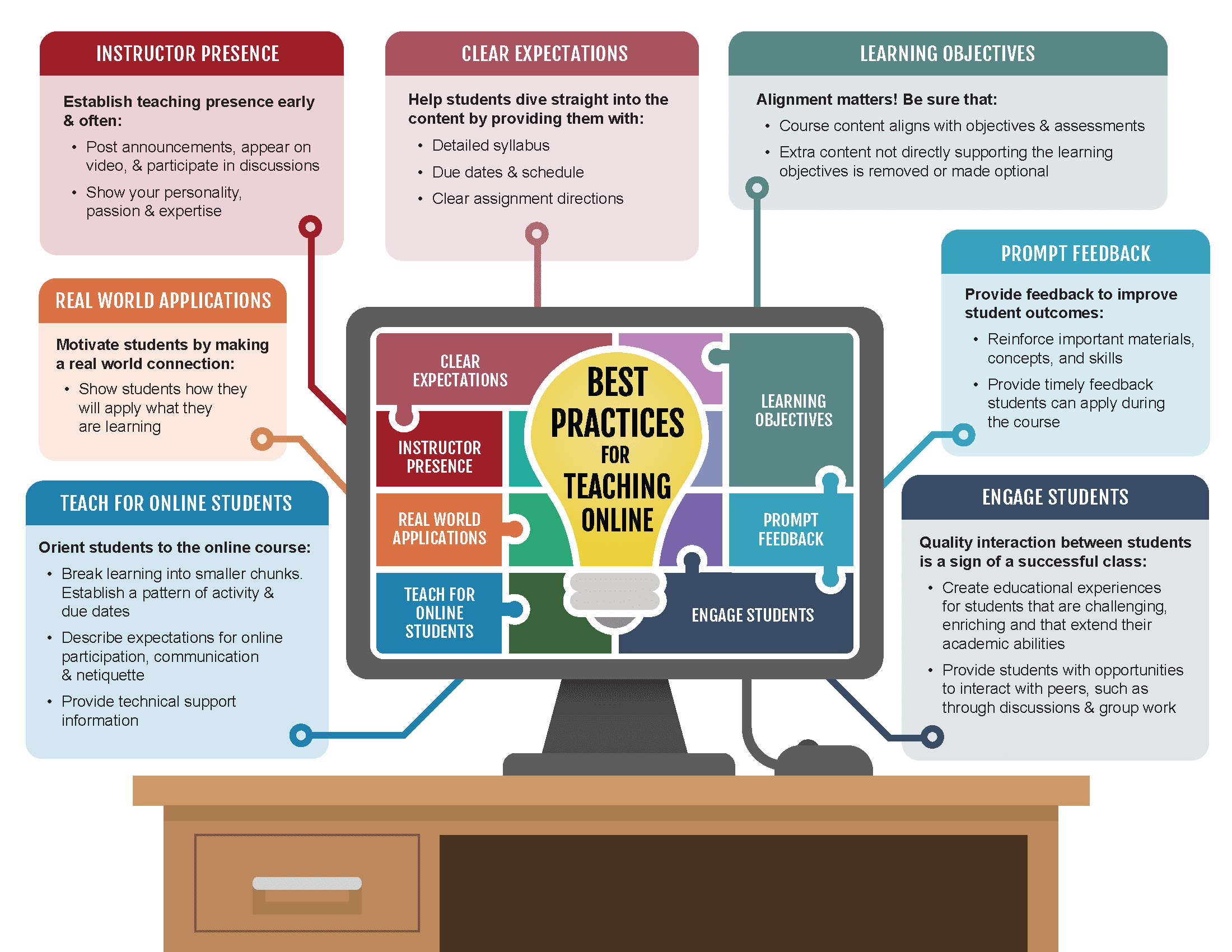When you’re teaching a remote class, the last thing you want to see or feel is disengagement. Despite your best efforts, engagement can be hard to establish and sometimes harder to maintain. It is the nature of conducting group activities in which members are in different physical places. From employing dynamic elements like Zoom Immersive View Backgrounds download software to instituting group literacy techniques, there are strategies for making your remote class more interactive.
Increase Participation Through Breakout Rooms
A huge part of kindling engagement is to avoid the straight lecture scenario. Even if you were delivering a litany of the most inspired statements, your voice will likely devolve into a perceived monotone to your audience. There are too many other factors to contend with, from their own energy to their levels of preparation to their comfort level with technology.
Employing literacy techniques that encourage small group engagements works online as well as it does in person because breakout rooms facilitate those small groups. As a teacher, breaking discussion questions into smaller groups before coming back together to report to the group ensures that each voice is heard and good ideas and questions come from all quarters. It also has the benefit of relieving the stress that some students feel about speaking in front of the whole group.
Examples of literacy strategies that can work across content include:
- Think, Pair, Share
- Fishbowl
- Think Aloud
Allow People To Be Together in an Immersive View
Perception counts for a lot in the virtual realm. Installing the immersive view background can help you to recreate the feel of your classroom. It also allows students to have a little fun as they are seated next to one another on the screen. The immersive view is a dynamic technical element that all teachers should consider, for engagement’s sake.
Give Students a Say
While you certainly want your students to be able to discuss content, talking about other, less weighty things can have a tremendous impact on engagement. Holding contests, for instance, in which the winning player or team gets to choose their version of the best Google Meet background, which you’ll use for the next class can inspire student attention in a fun way. Asking the class to make a group decision about when to take breaks necessarily establishes good, natural-feeling communication straightaway.
Going over the itinerary, with visuals onscreen, and asking your students how they feel about it not only lets them know how the class will be broken down, but it establishes a rapport based on respect. A key here is for you to hold as much control as you need while allowing students to feel as though they have the freedom to question or comment on the details of classes.
Maintaining engagement when teaching online can be difficult for many disparate reasons. Merging traditional classroom strategies with the options offered by technology makes it possible to get your classes to tune in and remain tuned in. Incorporating elements like a virtual background with logo to facilitate discussion, taking timely breaks and switching things up frequently are just a few of the solid strategies that can make your classes more interactive. Visit a virtual background products website to learn more about how this technology can help you to meet your teaching goals.

